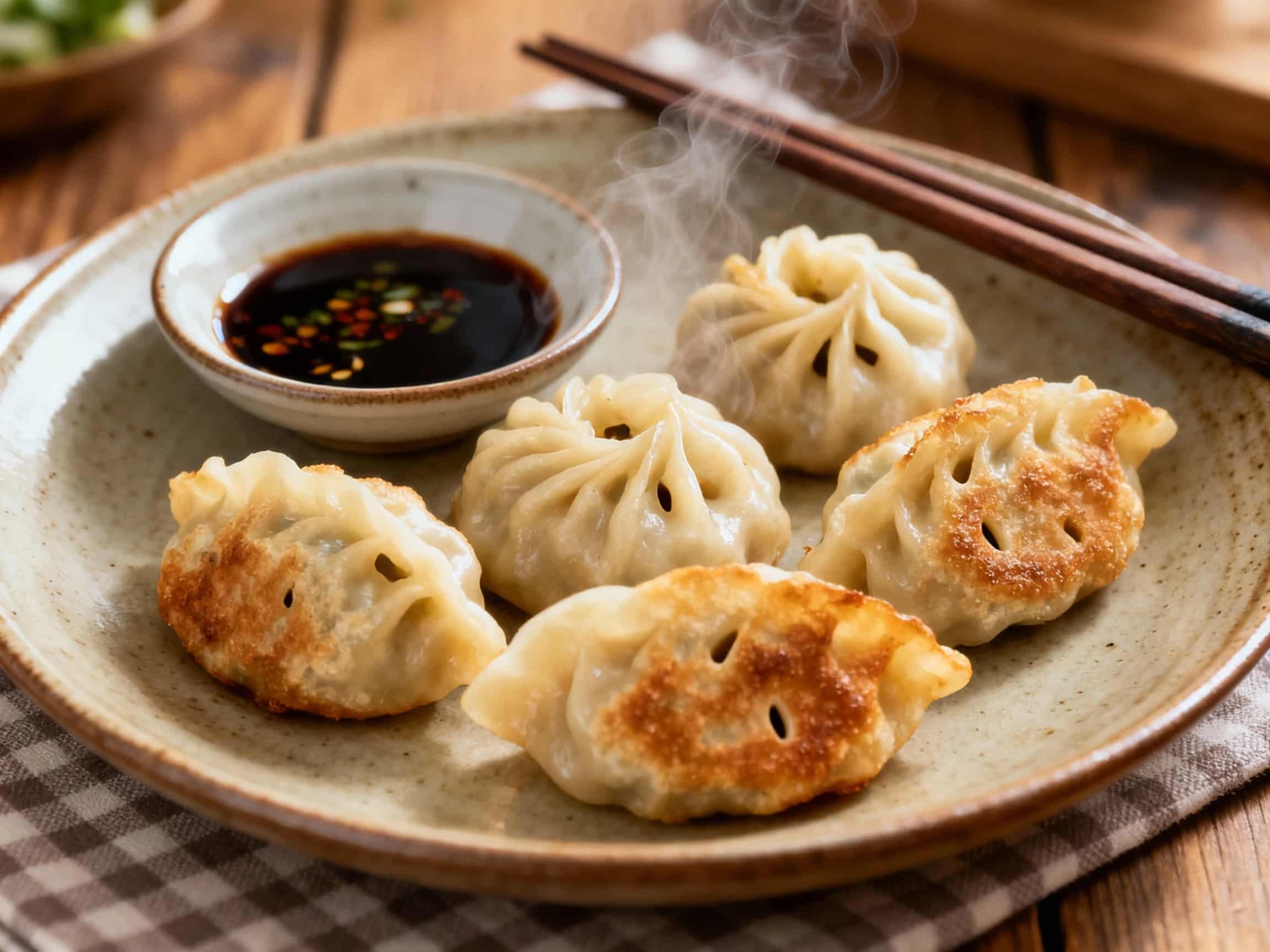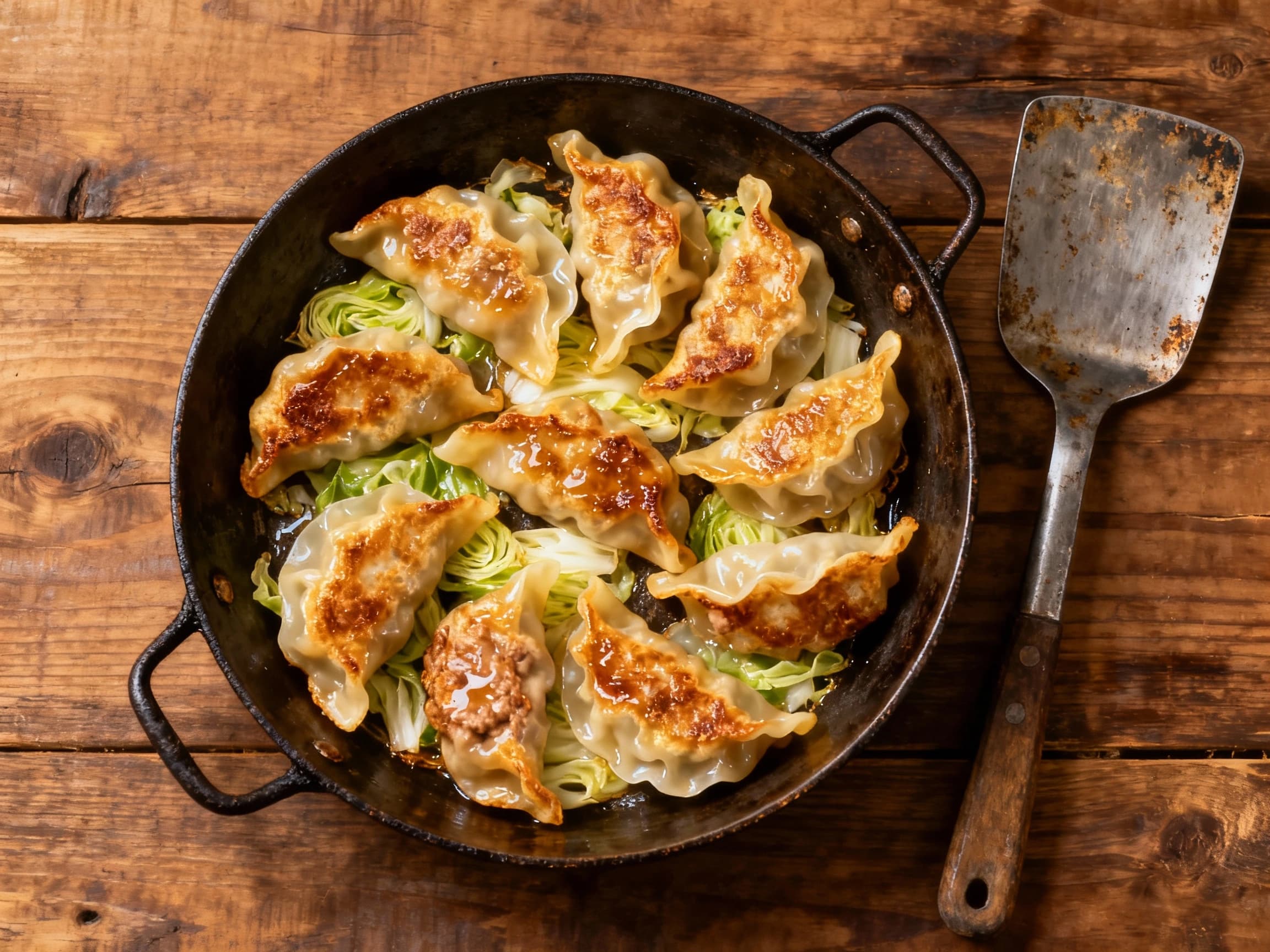
Dumplings
饺子
- Country
- China
- Region
- Northern China
- Recipes
- 3 Recipes
Dish information
Dumplings, known as Jiaozi (饺子) in Mandarin, are a cornerstone of Chinese cuisine, particularly in the northern regions where they are a symbol of prosperity and are traditionally eaten during the Spring Festival (Chinese New Year). Their history stretches back over 1,800 years to the Eastern Han Dynasty, with the invention often credited to Zhang Zhongjing, a renowned physician. Legend has it that he used medicinal herbs and lamb to create ear-shaped dumplings to treat villagers suffering from frostbite on their ears during a harsh winter. Over the centuries, the form and fillings evolved. Northern Chinese dumplings typically feature a chewy dough wrapper filled with minced pork, cabbage, chives, ginger, and soy sauce, seasoned with sesame oil, and often served with a dipping sauce of vinegar, soy sauce, and chili oil. They can be boiled (shuǐjiǎo), steamed (zhēngjiǎo), or pan-fried (guōtiē). The shape of the dumplings, often resembling ancient Chinese gold ingots, symbolizes wealth and good fortune, making them an integral part of Lunar New Year celebrations. Today, dumplings are enjoyed year-round, from humble street food stalls to elaborate banquet dishes, and have become a beloved comfort food across China and in Chinese communities worldwide.
Timeline
Dumplings become a common folk food, especially in Northern China during the Ming Dynasty.
Dumpling recipes and preparation methods are documented in cooking texts.
Jiaozi become a significant part of Spring Festival traditions and wider Chinese cuisine.
Dumplings gain international recognition as Chinese cuisine spreads globally.
Modern variations and gourmet versions of dumplings become popular.


